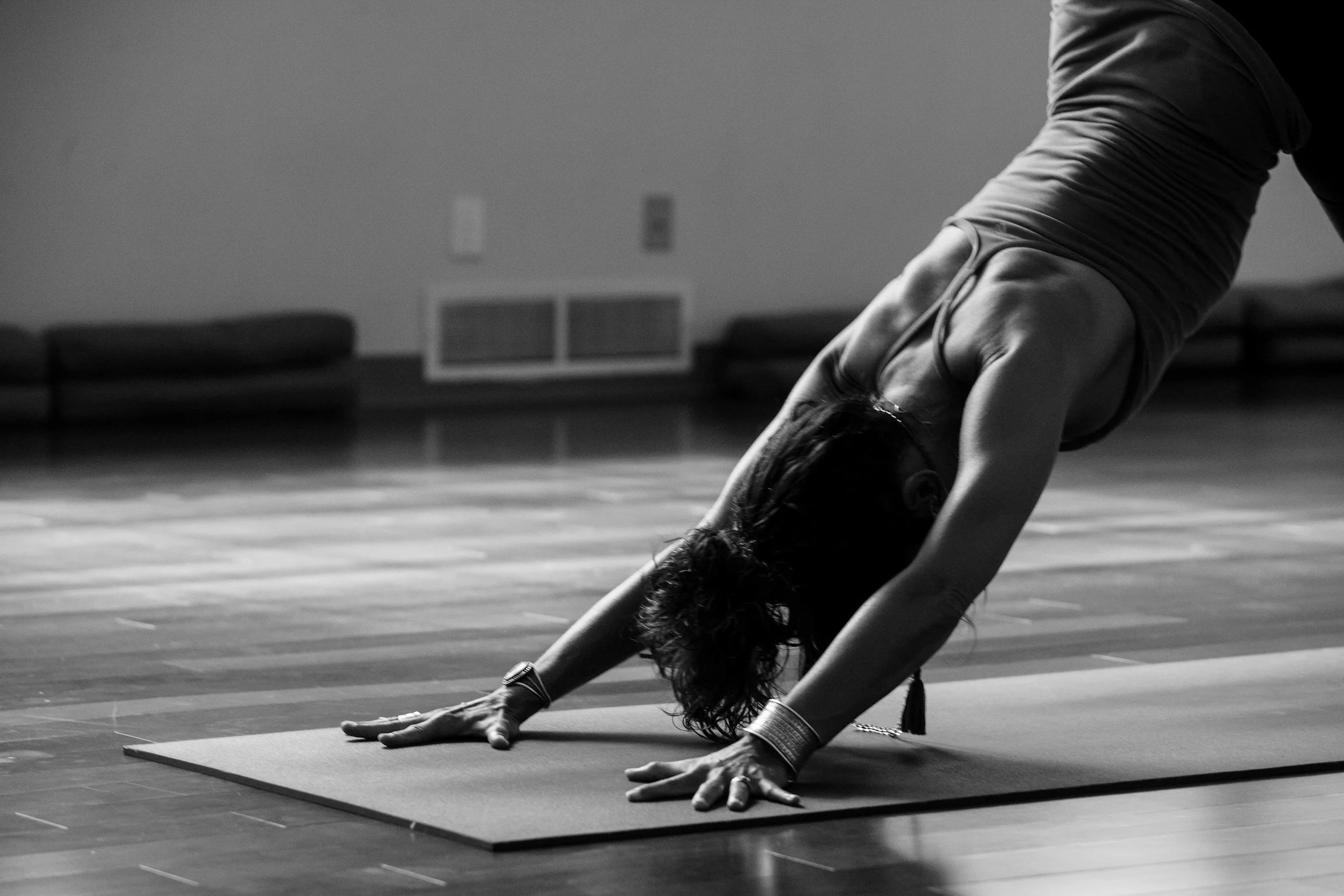Is Ashtanga the Hardest Yoga? Yes and No!
Yoga comes in many styles, each with its own challenges and benefits. Among them, Ashtanga Yoga is often considered one of the most physically and mentally demanding. But is Ashtanga truly the hardest yoga style? Or does it just have a reputation for intensity?
In this article, we’ll explore what makes Ashtanga Yoga challenging, how it compares to other yoga styles, and whether it’s the right practice for you.
What Makes Ashtanga Yoga Difficult?
Ashtanga Yoga is a traditional, structured, and physically demanding practice developed by Sri K. Pattabhi Jois. It follows a fixed sequence of postures, synchronized with breath control (Ujjayi breathing), Drishti (gaze points), and Bandhas (energy locks). Here’s why it’s often labeled as one of the hardest yoga styles:
1. A Set Sequence That Requires Mastery
Unlike other yoga styles where classes vary, Ashtanga follows a fixed progression of poses. Practitioners must memorize the sequence and practice it consistently. The structured approach can be mentally challenging for those who prefer variety.
2. Physically Intense and Strength-Based
Ashtanga demands significant strength, flexibility, and endurance. Some challenging aspects include:
Jump Backs & Jump Throughs – Repeated movements that require upper body and core strength.
Deep Backbends – Poses like Kapotasana require both flexibility and controlled breathing.
Arm Balances & Inversions – The Intermediate and Advanced Series introduce postures that test strength and balance.
3. No Shortcuts: The Mysore Method
In traditional Mysore-style practice, students progress at their own pace but cannot skip postures. A teacher will only introduce new poses when a student is ready. This can be frustrating for those who want to move ahead quickly.
4. Daily Practice (Six Days a Week)
Ashtanga Yoga is traditionally practiced six days a week, with only moon days (full/new moon) and Sundays off. This level of commitment can be challenging for beginners and requires both physical and mental discipline.
5. Mental Focus and Breath Control
Ashtanga is a moving meditation that requires extreme concentration. Maintaining steady breath, gaze, and bandhas throughout the entire sequence trains mental resilience, making it a mentally demanding practice.
How Does Ashtanga Compare to Other Challenging Yoga Styles?
While Ashtanga is one of the hardest yoga styles, it’s not the only one that poses a challenge. Let’s compare it to other demanding yoga styles:
1. Ashtanga vs. Power Yoga
Power Yoga is often inspired by Ashtanga but is more flexible in its sequencing. While Power Yoga can be intense and strength-based, it lacks the structured progression of Ashtanga, making it more accessible for beginners.
2. Ashtanga vs. Bikram (Hot) Yoga
Bikram Yoga consists of 26 poses practiced in a heated room (105°F/40°C). The heat adds an additional layer of difficulty, but the poses themselves are relatively static compared to the continuous movement of Ashtanga.
3. Ashtanga vs. Vinyasa Yoga
Vinyasa Yoga shares the flow-like movement of Ashtanga but offers more variety in sequencing. It can be just as challenging physically but provides more flexibility in class structure.
4. Ashtanga vs. Kundalini Yoga
Kundalini Yoga focuses on breathwork, chanting, and kriyas rather than intense physical postures. While it challenges mental endurance, Ashtanga is considered more physically demanding.
5. Ashtanga vs. Iyengar Yoga
Iyengar Yoga emphasizes precise alignment and long-held poses, often using props. It is physically demanding but in a different way—less dynamic movement but deep muscular engagement.
Who Finds Ashtanga the Hardest?
While Ashtanga is physically and mentally demanding, difficulty is subjective. The practice may be hardest for:
✅ Beginners – Due to the strict sequence and intensity.
✅ People Who Prefer Variety – The repetition can feel monotonous for those who enjoy spontaneous class structures.
✅ Those With Injuries or Limited Mobility – Since Ashtanga is fast-paced and involves deep postures, modifications may be required.
✅ Individuals Struggling with Discipline – The commitment to daily practice is one of the toughest aspects of Ashtanga.
However, with consistent practice, what seems impossible at first becomes more accessible over time.
Is Ashtanga Right for You?
Ashtanga is not for everyone, but it offers immense benefits for those willing to commit. Here’s why you might love it:
🔥 You enjoy structured challenges – If you like mastering progressive sequences, Ashtanga provides a clear path for growth.
🧘 You want a full-body workout – It builds strength, flexibility, and endurance all in one.
🧠 You crave mental discipline – The breath and gaze control enhance focus and mindfulness.
🕉️ You appreciate tradition – Ashtanga has deep roots in yoga philosophy and lineage.
However, if you prefer a more flexible, varied, or slower-paced practice, other yoga styles may be a better fit.
Final Verdict: Is Ashtanga the Hardest Yoga?
Yes and no. Ashtanga Yoga is undeniably one of the most challenging yoga styles due to its structured sequences, physical intensity, and mental discipline. However, difficulty is relative—what is "hard" for one person may be enjoyable and empowering for another.
Rather than focusing on whether Ashtanga is the hardest, it’s better to ask:
👉 Is Ashtanga the right challenge for me?
If you're ready to commit to a structured, transformative yoga journey, Ashtanga could be exactly what you need.
Ready to Begin Your Ashtanga Journey?
If you want to experience the challenge and growth of Ashtanga Yoga, check out our Flow With Us membership! Gain access to:
✅ Guided Ashtanga practice videos for all levels
✅ Breathwork and meditation sessions
✅ A supportive community to keep you motivated
Join Flow With Us today! and take your practice to the next level.
